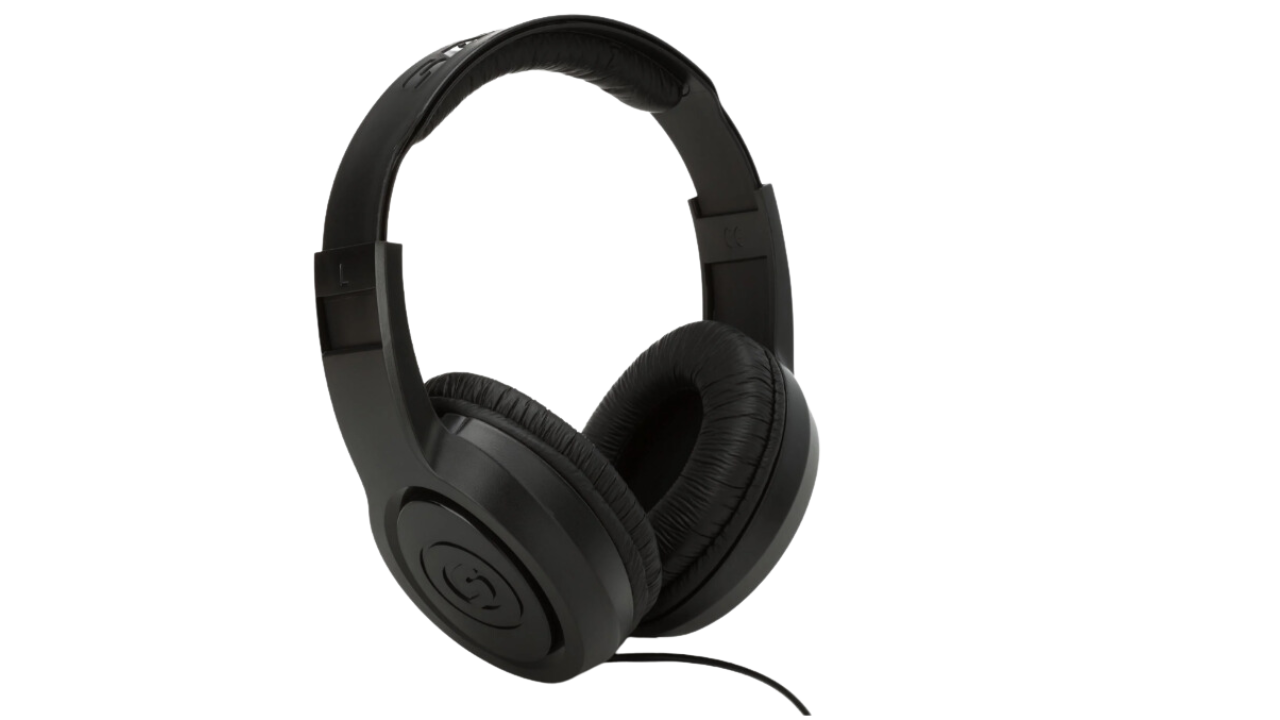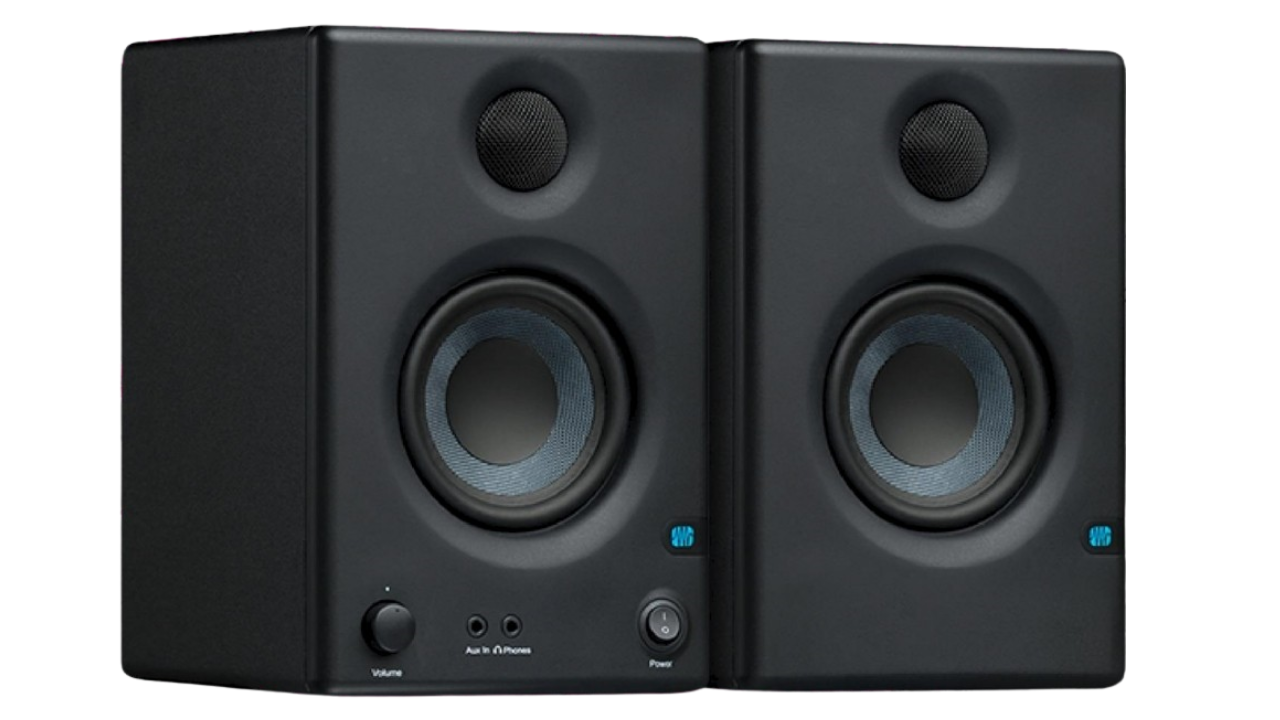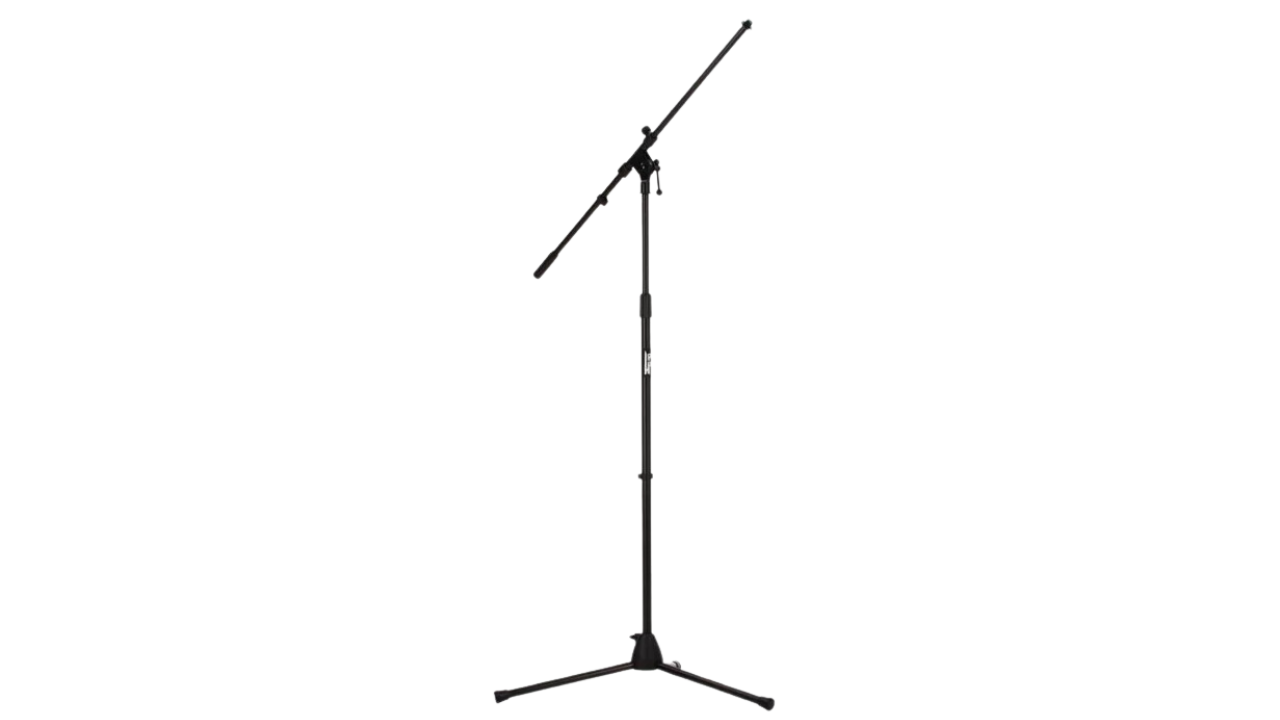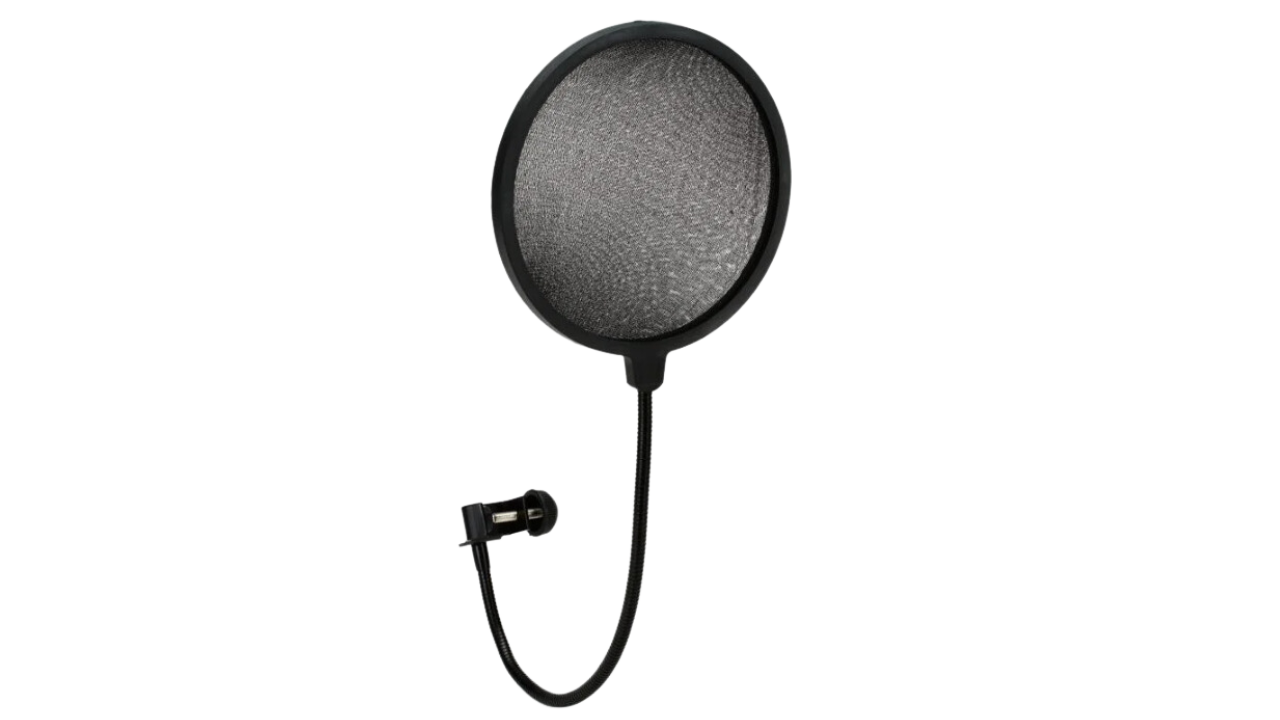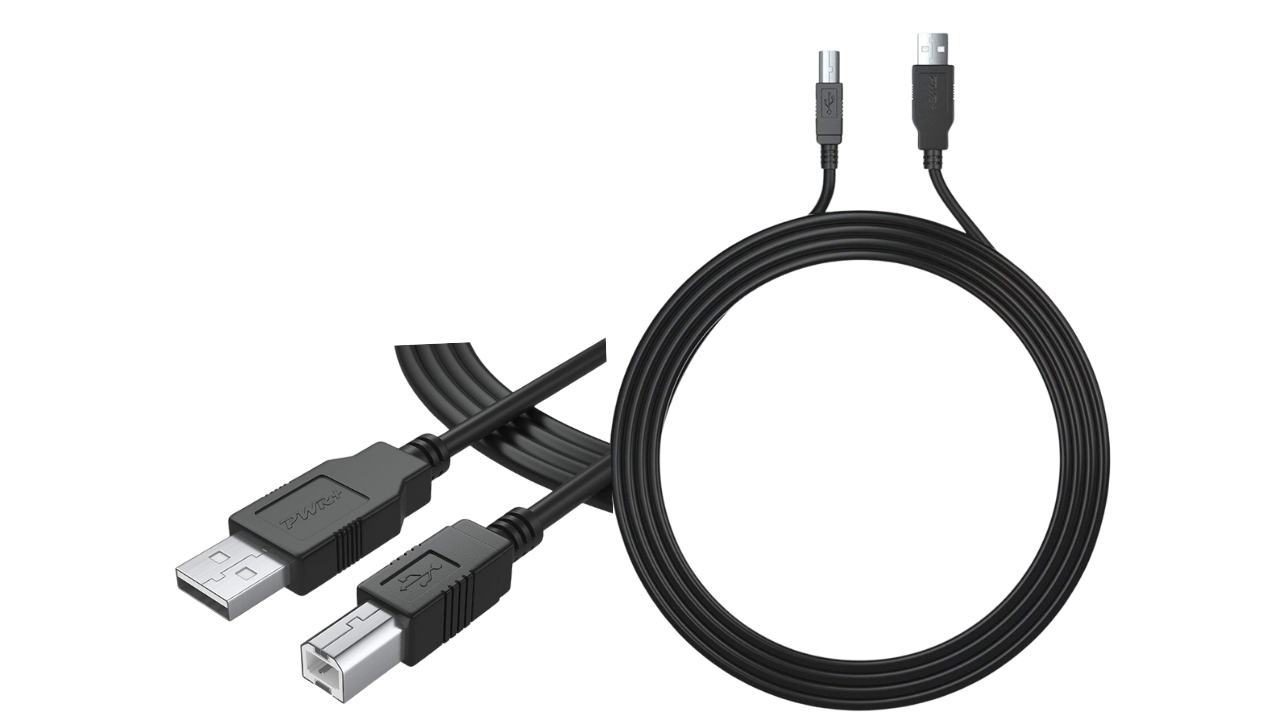How to Build Your First Home Studio: For the Singer Songwriter & Musician
Apr 19, 2023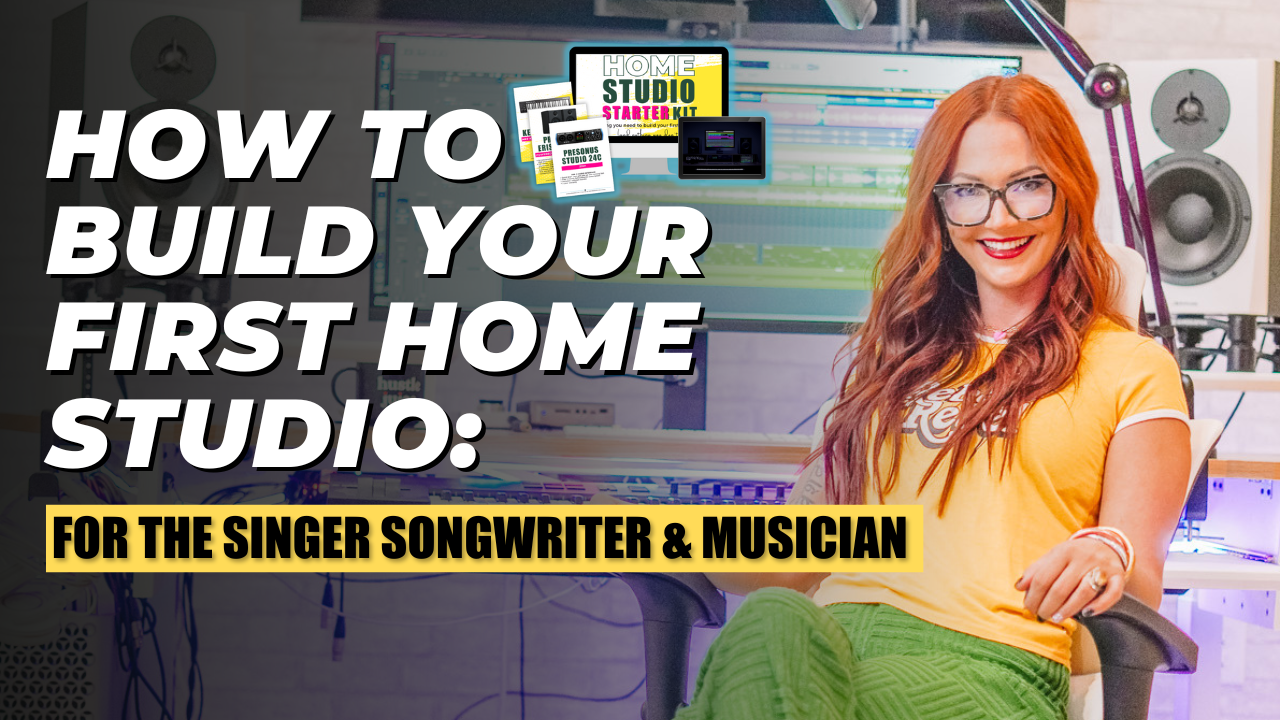
Pssst!
Did you know that some of the most successful musicians of all time have recorded in their own home studios?
It’s true!
Billie Eilish, Bon Iver, Hozier, and John Mayer are just a few examples of artists who have made amazing music in the comfort of their own homes.

With the availability of affordable, high-quality equipment, it's easier than ever to build your own home studio and start producing professional-quality music.
In this blog, I’m going to walk you through everything you need to set up your own home studio (and don’t worry, it’s not as complicated as you might think!)
Now keep in mind, what stops most artists from even doing this is the idea that they need to spend thousands of dollars soundproofing and buying fancy gear.

As somebody who not only has a home studio, but has built an entire professional career as a producer and songwriter, I can tell you that you don’t need to break the bank to make high quality music!
In fact, overinvesting on gear when you’re first getting started is like buying a Lamborghini for your first car.
How bout we start off with a Nissan while we’re learning how to drive? (at least that what’s my Mom insisted on 😉)
For me personally, my favorite thing about having a home studio is it allows me to save money on recording costs, record whenever I want, and honestly, producing my own music allows me to maintain creative control over my music. I mean, how many times have you hired a producer who just didn’t get your vision? And it’s not their fault! Only you can make the music you hear in your head… right?
So let’s dive into everything you need to build to your first home studio (and nothing you don’t - remember, simplicity is key to getting started)
Btw, I created a FREE PDF for you with clickable links for all of these things. I can’t tell you how many of my friends have said to me, “Just hand me a list and tell me exactly what I need to buy!” 😂 - so that’s exactly what I did!
First you’re going to need a DAW, which stands for Digital Audio Workstation.
This is the software you’ll be using to produce, mix and master your music.
I personally use Logic Pro X because I feel it’s geared towards the songwriter/artist/producer, but you can pick whatever DAW you like! I have plenty of students in all sorts of DAWs ranging from Logic, to Abelton, to Protools, to FL Studio.
**Keep in mind, Logic Pro X is only compatible with Mac computers.
An audio interface is the heart of any home studio. It connects your instruments and microphones to your computer and it converts the analog signals into digital ones. The Home Studio Starter Kit includes a 2-channel audio interface that is perfect for recording solo artists or small bands.
A microphone is an essential piece of equipment in any home studio. It is used to capture the sound of your voice or instruments. The Home Studio Starter Kit includes a “large-diaphragm condenser microphone”, which is perfect for recording vocals, acoustic guitars, and other instruments.
Headphones are a must-have in any home studio. They allow you to monitor your recordings and hear the details of your tracks. It’s important you don’t use consumer headphones, because those are designed to naturally enhance the sound. You’ll want to use “flat” headphones so you can actually hear what your music is doing! The Home Studio Starter Kit includes a pair of closed-back headphones that provide excellent isolation and sound quality.
Studio monitors are used to listen to your recordings with accuracy and clarity. They are different from regular speakers because they are designed to reproduce sound as accurately as possible (just like the headphones above). The Home Studio Starter Kit includes a pair of 5-inch studio monitors that are perfect for small to medium-sized rooms.
A mic stand is an essential accessory for any home studio. It allows you to position your microphone exactly where you need it to be. The Home Studio Starter Kit includes a sturdy mic stand with a telescoping boom arm, which makes it easy to adjust the position of your microphone.
A pop filter is a piece of equipment that is placed in front of your microphone to prevent popping sounds from your vocals. This happens when you sing a word with a plosive at the top of it, like “perfect, possible, pretty”. The extra burst of air that comes out with the plosive can cause an unpleasant pop! The Home Studio Starter Kit includes a pop filter that attaches easily to your mic stand.
An XLR cable is used to connect your microphone to your audio interface. It is a balanced cable that reduces interference and noise. The Home Studio Starter Kit includes a high-quality XLR cable that is 10 feet long, which gives you plenty of room to move around while recording.
A USB cable is used to connect your audio interface to your computer. The Home Studio Starter Kit includes a high-speed USB cable that ensures fast and reliable data transfer between your audio interface and your computer.
Unlike a regular keyboard, a midi controller is used to “trigger” sounds inside of your DAW, so you can use the keys to play piano, drums, bass… you name it! The Home Studio Starter Kit includes an affordable midi controller that's super easy to use!
And that’s IT!!!
That is all you need to get started, and it’s exactly what I used to make my first demo, my first record, and I was even able to build a business as a session singer using just those 9 things!
So, I know what you might be thinking.
What about acoustically treating or soundproofing my room?! Don’t I need to do that?!
Here’s the thing…
A lot of people get held back from starting their creative projects because they think they need to spend a fortune on soundproofing their space.
But guess what?
You don't always have to go all out on fancy sound panels from places like vicoustic or acousticmac (although, if you've got the budget, go for it!). You can totally get started with things you probably already have lying around the house.
First up, if you've got windows in your space, hanging some soundproof curtains can really help to dampen outside noise. And if you've got hardwood floors, throwing down an area rug can help absorb some sound too.
If you want to get really crafty, you can even make your own sound panels using moving blankets and a little elbow grease. But even if you're not up for a DIY project, just placing some moving blankets in the corners of your space can help trap unwanted frequencies.
And if you're in the market for a new microphone, consider splurging on the SM7B. It's a great all-purpose mic that's not as prone to picking up outside noise, which means you won't have to go quite as crazy with soundproofing your space.
Lastly, don't forget that all the furniture in your space is either absorbing or reflecting sound. So if you've got couches or beds, they're already doing some of the work for you. And if you've got things like art or bookshelves, they can act as sound wave reflectors, which can really help to scatter the sound around and create a more natural acoustic environment.
So there you have it!
Remember: Don't let the idea of soundproofing hold you back from starting your next big project. With a few simple tweaks and a little creativity, you can create a perfectly good acoustic environment using things you probably already have lying around.
In conclusion, building a home studio can be a game-changer for independent musicians!
Not only can you save money, maintain creative control, and record whenever you want, you can even make money doing session work, which is exactly how I built a career as a musician!
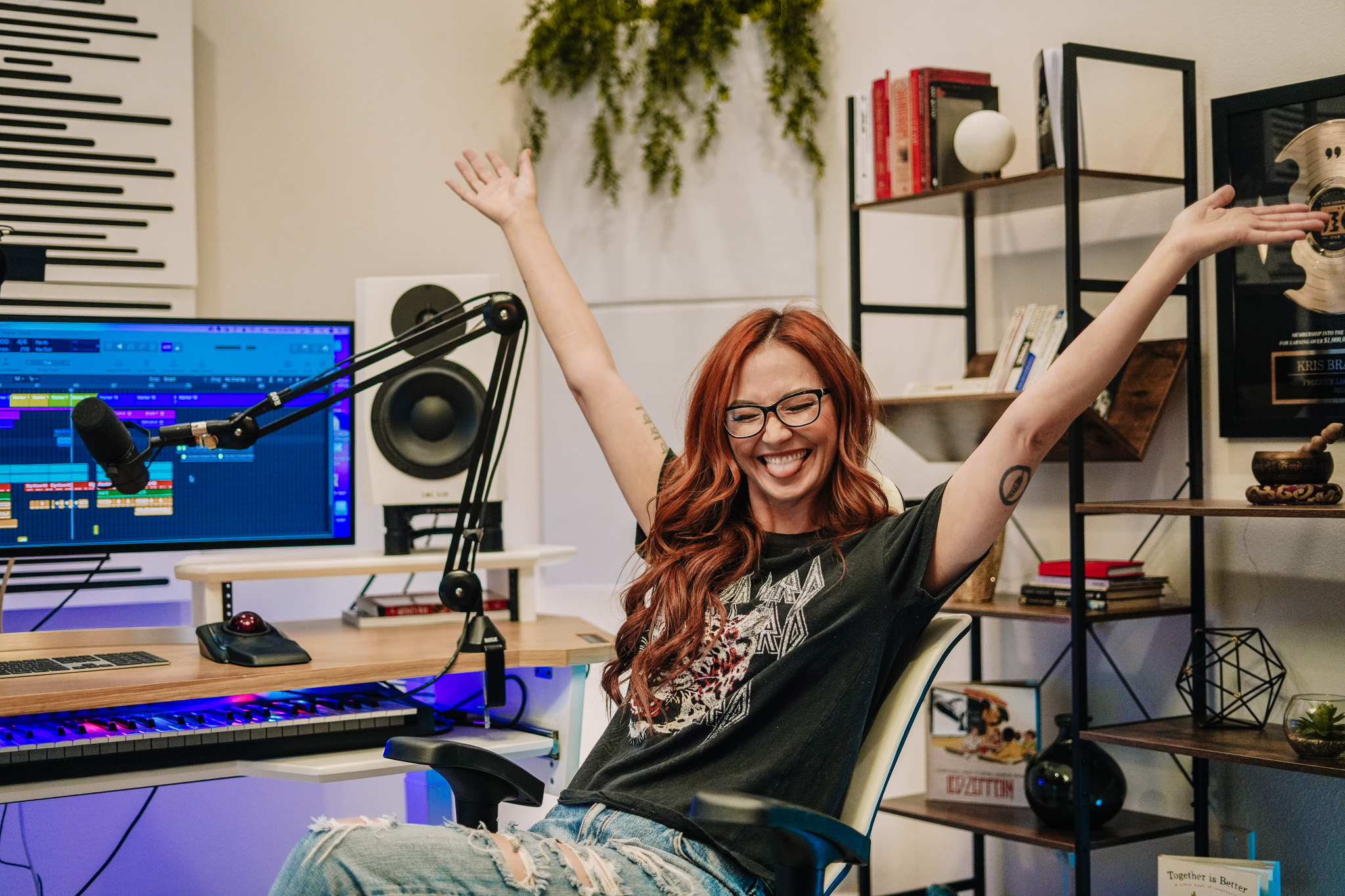
So if you’re an artist thinking of learning how to record your own music, look no further!
The Home Studio Starter Kit has everything you need to start creating professional-quality recordings from the comfort of your own home!
Click the image below to get your FREE PDF with clickable links! 👇🏻



